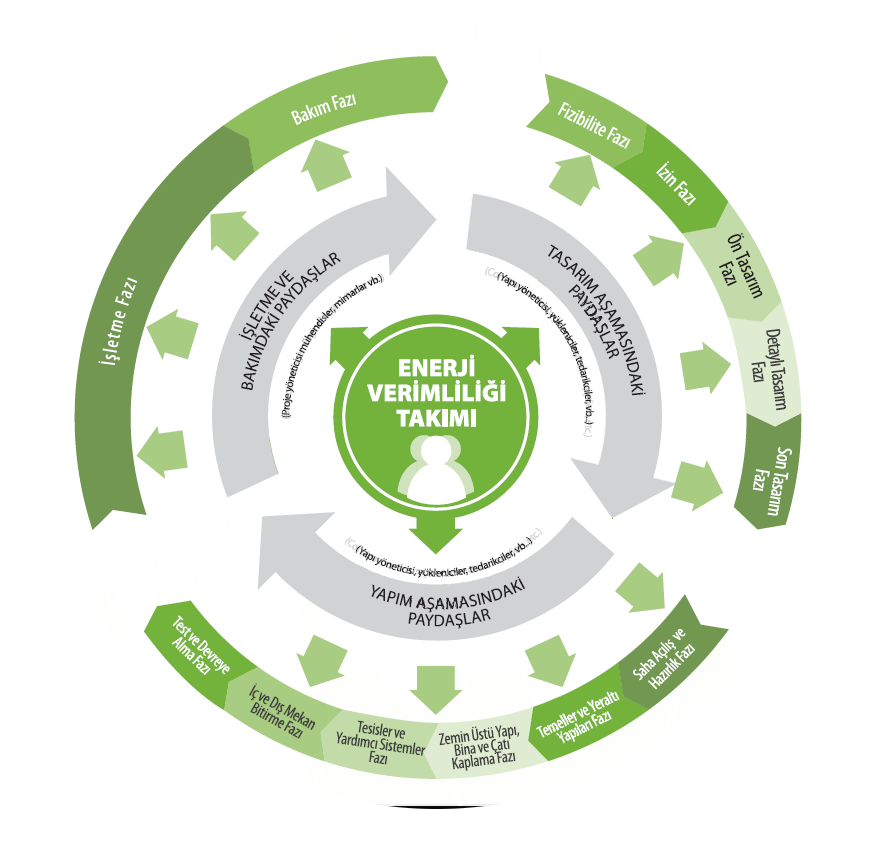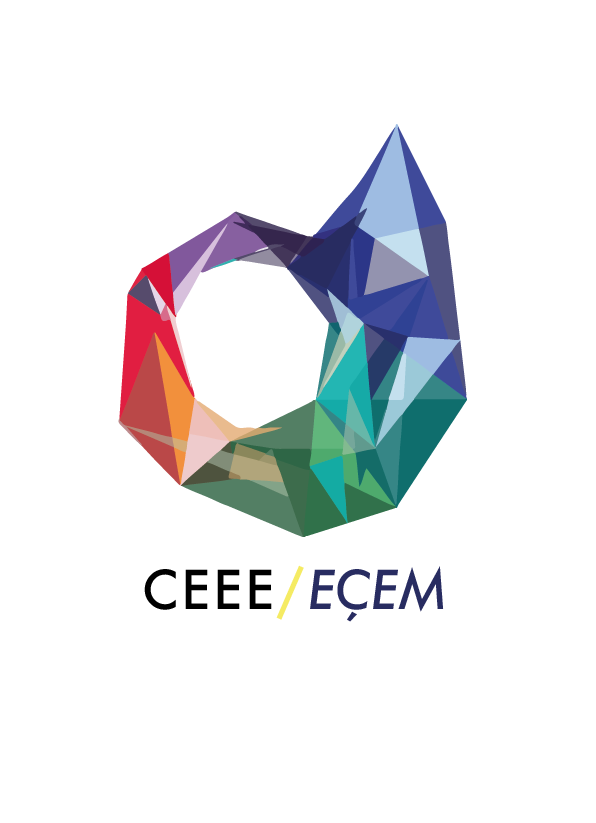Project Starting – Ending Dates: 01/02/2012 – 01/02/2018
Funded by: EU 7th Framework Programme
Project Budget: 9,500,000.00 € (EU Contribution: 5,681,652.00 €) / Özyeğin – CEEE budget: 2,414,428.99 € (EU Contributionı: 1,287,589.69 €)
Application Building: SCOLA, Özyeğin University, Istanbul
Project Team: M. Pınar Mengüç, Yasemin Somuncu, Saadet Özkan,
Doğa Gizem Memiş, Raaid Al Dory, Dilek Saygı
Project Partners: Turkey: CENTER FOR ENERGY, ENVIRONMENT AND
ECONOMY (CEEE), FIBA GROUP, BG MIMARLIK
Spain: CIRCE, UNIVERSITY OF ZARAGOZA, ACCIONA, INGENIERIA Y CONTROL ELECTRONICO, S.A.
Italy: RINA Consulting, DIRCO S.R.L
Belgium: M5 S.A., FORMAT D2, UMONS
Sweden: DEROME Hus AB, RISE SP Sveriges Tekniska Forskningsinstitut AB
Other people and organizations who contributed to NEED4B Project: CEEE (Pınar Özuyar, Yasemin Somuncu, Burak Sefer, Cem Keskin, Dilek Saygı, Gülçin Mezireli)
Özyeğin University (Saadet Özcan, Tuncay Bulat, Hakan
Sofuoğlu, Serkan Şahin, Barış Taşdelen, Burak Sefer)
B-Design (Barış Başat, Emre Gürsoy, Ipek Kocaaydın)
Fiba Holding (Begüm Başlı, Ihsan Birinci, Kerem Moralı, Mahmut Nazım Başbay)
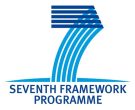
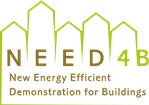
REASON
This is one of the most successful projects of CEEE, which has been designed and completed in order to effectively apply and disseminate Energy Efficiency concepts in new buildings. The main goal of the project is to develop and implement a clear and easily applicable methodology that is demanded by the market, covering the design, construction and operation/maintenance phases of new low energy buildings. While creating the methodology, studies were carried out on application buildings covering a total closed area of 23,500 m2 from Sweden, Belgium, Italy and Turkey. In these buildings, it is aimed to achieve an annual energy density of 60 kWh/m2, corresponding to an average of 65% less energy consumption.
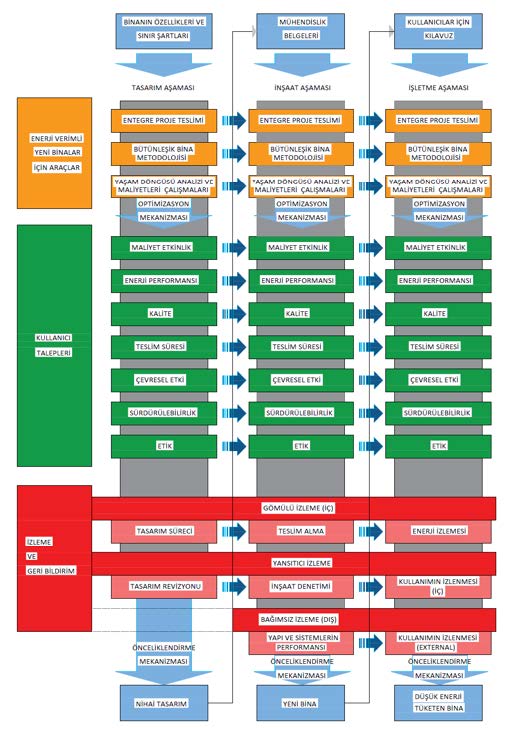
METHODOLOGIES
For the success of the project, an “Energy Efficiency Team” (EET) has been formed that will consider the contributions of the relevant stakeholders in the fields of design, construction, operation/ maintenance. By developing the “optimization” and “prioritization” steps in which this team actively takes part, it has been ensured that the most correct decisions are made.
Determined Innovative Approaches
- Integrated Project Services (IPD),
- Building Information Modeling (BIM), • Life Cycle Analysis/Cost (LCA / LCC);
Determined Scientific Criteria
- Technical,
- Energy Modeling,
- Economic/Bureaucratic Areas;
User Requirements
- Cost Effectiveness,
- Energy Performance,
- Quality,
Environmental Impact Issues,
A systematic perspective was brought to low energy building project management by implementing it in all stages of the project. The project was controlled by monitoring and feedback methods to ensure the target energy consumption value at every stage. Integrated architectural and engineering concepts have been applied to the building, where both passive and active systems are used.
IMPLEMENTATION
The School of Foreign Languages (SCOLA) building located in the Özyeğin University Campus has been chosen as the application area in Turkey. Based on the realtime monitoring results, SCOLA has achieved an annual energy density below 50 kWh/m2, which exceeded the targets of the NEED4B Project.
In the SCOLA building, where integrated architecture and engineering concepts have been effectively applied, vertical perforated shades, horizontal blinds, interior curtains were used with the proper orientation of facades. The heat resistance values of glasses were chosen carefully to have low thermal conductivity values, which impacted the overall performance of the building envelope. For building heating system, low temperature water obtained from natural gas boilers at the campus central facility was used.
High efficiency boilers have been selected for application with oxygen balancing and carbon monoxide control system. The chilled water in the ventilation system is produced in the campus central facility by high performance (COP = 6.17) centrifugal chillers.
HEX free cooling is integrated with the cooling tower and the free cooling energy is automatically controlled when the outside temperature is below 15°C. In addition, by using airsoilair tubes, the supply air of the building is provided with natural ventilation and is used for partial cooling and heating. As a renewable energy source, 250 Wp capacity 504 solar panels with a power of 126 kW are mounted on the building roof. By using 40 W LED and T5 luminaires, the energy consumption density of the lighting system has been reduced to 6.1 kWh/m2 with automation.
IMPACT
NEED4B Project, with 5 main partners from Turkey, Spain, Belgium, Italy and Sweden is a 7year EU FP7 project. . During this 7year project, energy efficiency demonstration were conducted in all 5 countries; however, the largest pilot project was the SCOLA Building at the Ozyegin University Campus, which has 17.000 m2 closed area.
During this study, many students completed their doctorate and master theses using the concepts developed, where engineers and architects worked together to tackle energy efficiency and occupants’ comfort. During the design of the building, computational fluid dynamics, heat transfer and radiative heat transfer studies were conducted, and then compared with Energy Plus and DesignBuilder applications. In addition to these, thermodynamic analyzes have been carried out for such a building to achieve low carbon emission and improved energy efficiency.
All these studies have been presented at many conferences, and a number of scientific publications have also been made. 4 CEEE students who worked in NEED4B Project have later started to work on building modeling and monitoring in their own companies.
NEED4B Project eventually opened the path to several other international grants, including:
- EUFP7BRICKER,
- EUCAPACITYYENI NESIL and
- IsDBNEXTGEN
With the help of this project, Ozyegin University now saves about 200,000 USD amont of energy annually. As shown in the figure below, the electricity use of the building is much less than the comparablesize AB1 building in the Campus.
The concepts developed within the NEED4B Project were disseminated in many conferences and lectures in universities in Turkey and beyond. In addition, a large number of researchers, engineers, architects and companies were informed about the details via print and social media. NEED4B Project has also been granted two major awards in Turkey:
Energy Efficiency Award, the First Place, granted to CEEE/ EÇEM by the Istanbul Chamber of Commerce and the Republic of Turkey Minister of Energy and Natural Resources, Istanbul, January 2020.
Efficiency Award, the First Place for the Public Category, presented by the Republic of Turkey Ministry of Science and Technology, Ankara,November 2019.
